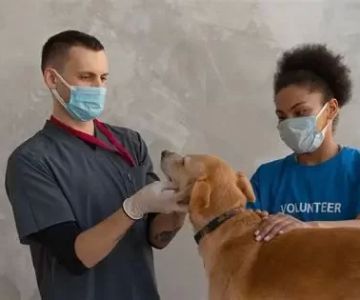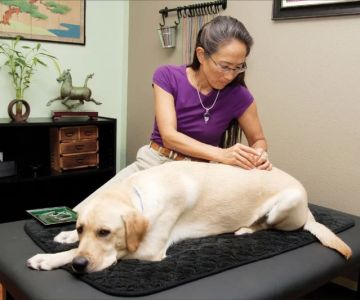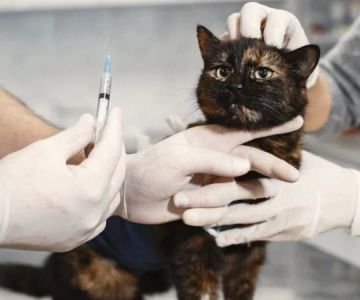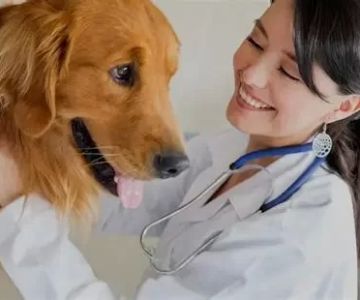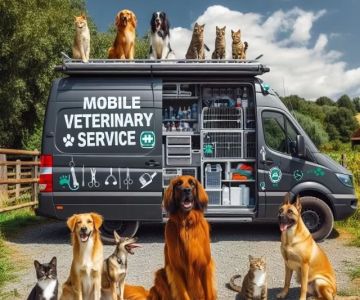- 1-Understanding-the-Role-of-a-Veterinary-Radiologist-Technician
- 2-Educational-Requirements-and-Training-Pathways
- 3-Essential-Skills-and-Certifications
- 4-Career-Opportunities-and-Salary-Expectations
- 5-Real-Life-Experience-and-Advice-from-Professionals
- 6-Resources-and-Support-from-Digital-Forums
1. Understanding the Role of a Veterinary Radiologist Technician
A veterinary radiologist technician specializes in operating imaging equipment to assist veterinarians in diagnosing animal health issues. Their work includes taking X-rays, ultrasounds, and other diagnostic images to provide detailed internal views that guide treatment plans.
This role requires precision, technical knowledge, and the ability to work closely with animals and veterinary teams.
Importance of veterinary imaging
Accurate imaging is crucial for identifying injuries, diseases, and conditions that may not be visible externally.
2. Educational Requirements and Training Pathways
To become a veterinary radiologist technician, one typically completes a specialized veterinary technician program, often earning an associate degree. Coursework covers anatomy, radiologic technology, animal care, and safety protocols.
Hands-on clinical training in veterinary hospitals or clinics provides practical experience operating imaging equipment.
Continuing education and specialization
Some technicians pursue additional certifications or advanced training in veterinary radiology to enhance their expertise.
3. Essential Skills and Certifications
Key skills include technical proficiency with radiologic equipment, strong communication, attention to detail, and compassion for animals. Certification from recognized bodies like the American Association of Veterinary State Boards (AAVSB) or the Veterinary Technician National Exam (VTNE) can boost credibility and job prospects.
Safety knowledge regarding radiation exposure is also mandatory.
Soft skills that matter
Patience and adaptability are important, as working with animals can present unpredictable challenges.
4. Career Opportunities and Salary Expectations
Veterinary radiologist technicians find employment in veterinary hospitals, specialty clinics, research facilities, and animal care centers. According to recent data, salaries typically range based on location, experience, and certifications, with growth opportunities into supervisory or specialized roles.
The demand for skilled veterinary imaging professionals continues to rise with advances in diagnostic technology.
Advancement potential
Technicians may advance to roles in veterinary radiology interpretation assistance or management positions.
5. Real-Life Experience and Advice from Professionals
Veterinary radiologist technicians often share stories highlighting the rewarding nature of helping diagnose and treat animals. One technician noted how mastering imaging techniques significantly improved outcomes for emergency cases.
Advice includes seeking mentorship, continuous learning, and developing strong interpersonal skills.
6. Resources and Support from Digital Forums
For those interested in how to become a veterinary radiologist technician, Digital Forums offers a wealth of information including training program reviews, certification guidance, and career advice from industry experts.
Engage with the community at Digital Forums to gain insights, ask questions, and find the best educational resources to advance your veterinary imaging career.



